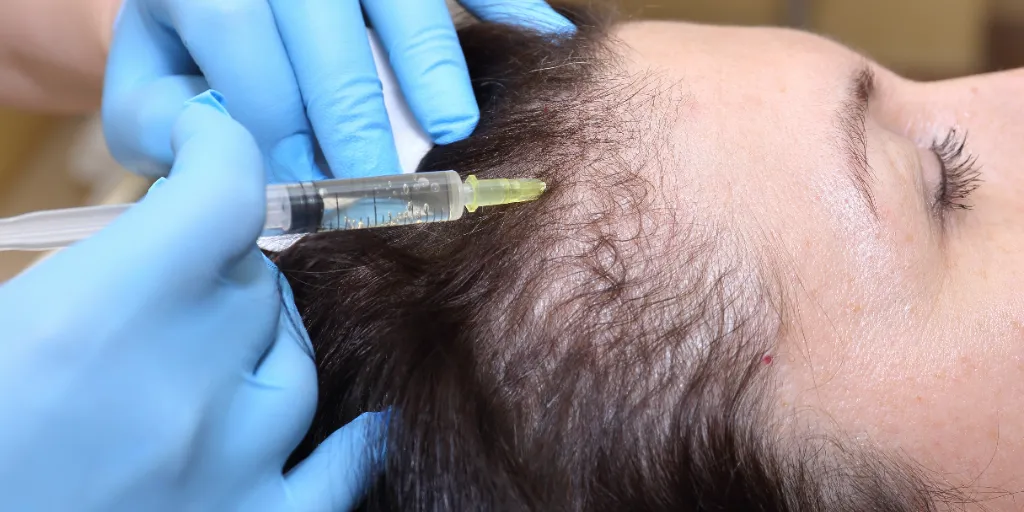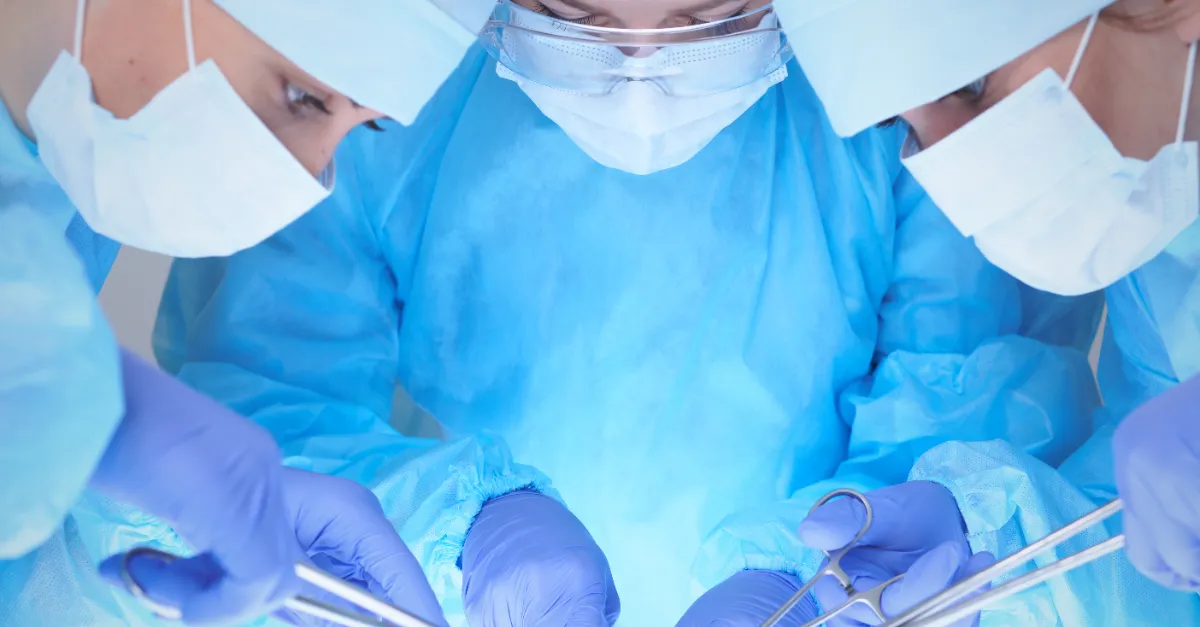この記事の概要
Hair transplantation surgery is currently the primary method of treating thinning hair and hair loss, but recent years have seen advances in gene therapy. Gene therapy is a new treatment that works directly on the mechanisms of hair growth and hair loss. This article details the basic concepts of gene therapy, current research advances, and future possibilities.
What is gene therapy?
Basic Concepts
Gene therapy is a method to treat diseases or improve symptoms by correcting genetic abnormalities or introducing specific genes into the body. In the treatment of thinning hair and hair loss, it aims to fundamentally solve the cause of hair loss by targeting genes involved in hair growth.
Gene Therapy Methods
The main types of gene therapy include:
Gene insertion: A healthy gene is introduced into the cell and an abnormal gene is corrected.
Gene replacement: Replacing an abnormal gene with a healthy gene.
Gene repair therapy: Correcting specific parts of the abnormal gene.
The potential of gene therapy to treat thinning hair and hair loss
Targeting hair growth factors
Gene therapy can suppress genes that activate hair growth factors or cause hair loss by targeting the following factors:
FGF (Fibroblast Growth Factor): Plays a role in promoting hair growth.
VEGF (Vascular Endothelial Growth Factor): Increases blood vessels around the hair follicle and promotes nutrition to the hair.
BMP (bone morphogenetic protein): Involved in the growth and maintenance of hair follicles.
Suppression of hair loss genes
Hair loss can be prevented by suppressing the activity of genes that cause hair loss, for example by targeting the gene that produces DHT (dihydrotestosterone), a gene involved in hair loss.
Current Research and Developments
Gene Therapy Experiments
Animal testing
Animal experiments have confirmed the effect of gene therapy on hair growth. For example, in experiments using mouse models, the introduction of FGF and VEGF genes promoted hair growth.
Clinical Trials
Some gene therapies have also begun clinical trials in humans, where safety and efficacy are being evaluated and are an important step towards their future commercialization.
Latest research findings
Clustered regularly interspaced repeats (CRISPR-Cas9) technology
CRISPR-Cas9 is a revolutionary technique for editing specific genes that has potential applications in treating hair loss. Research is being done to silence genes that cause hair loss.
Stem Cell Research
Research into the use of stem cells is also progressing, and technology is being developed to regenerate hair follicles from stem cells, which is expected to make it possible to regenerate hair follicles and generate new hair.

Future Possibilities
Personalized Medicine
Gene therapy will lead to personalized medicine, which provides optimal treatment based on each patient’s genetic information, making treatment more effective and with fewer side effects.
Long-term effects
Unlike conventional treatments, gene therapy is expected to have a long-term effect. Once the gene is corrected, it is possible to prevent hair loss for a long period of time.
Development of new treatments
Advances in gene therapy may lead to the development of completely new treatments in addition to current treatments, which will greatly advance the treatment of thinning hair and hair loss.
Challenges of gene therapy
Ensuring safety
The safety of gene therapy is an important issue. If gene correction is done improperly, there is a risk that it may affect other healthy genes. Therefore, research is being conducted to ensure safety.
Ethical issues
Gene therapy also raises ethical issues: to what extent gene manipulation is permissible and how it should be controlled is a matter of debate.
High medical costs
Gene therapy requires advanced technology, and as such is currently potentially very expensive. In order for it to become more widespread, it is necessary to reduce costs and establish systems such as insurance coverage.
Conclusion
Gene therapy is attracting attention as a new hope in the treatment of thinning hair and hair loss. Ongoing research, such as targeting hair growth factors and suppressing hair loss genes, shows future possibilities. As efforts continue to resolve issues of safety, ethical issues, and treatment costs, it is expected that gene therapy will become widespread as personalized medicine in the future. The day will come when we can provide optimal treatment for each patient and realize more effective and lasting hair loss treatment.
Hiro Clinic Hair Transplant
Hiro Clinic recommends Natural Pro FUE treatment, which can be used on hairless areas where oral medication or injection therapy is ineffective, and leaves barely noticeable scars. Hair roots are harvested from the back of the head and partially shaved, making post-operative care easier, and only the required number of hairs are transplanted with a natural finish. It is a same-day procedure using local anesthesia, and provides gentle, gradual hair growth at an affordable price, making it a safe option in Japan.








